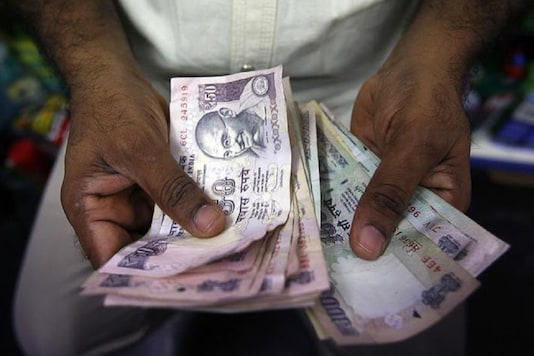Rupee Falls 3 Paise Against US Dollar in Early Trade
[ad_1]
Read More/Less

Representative photo. (Image: Reuters)
The global oil benchmark Brent crude was trading 0.32 percent higher at USD 63.48 per barrel.
- PTI
- Last Updated:March 19, 2021, 11:11 IST
- FOLLOW US ON:
The rupee depreciated by 3 paise to 72.56 against the US dollar in opening trade on Friday, as muted opening in domestic equities weighed on investor sentiment. However, consistent foreign fund inflows and a weak dollar overseas supported the rupee, a forex dealer said.
At the interbank forex market, the local unit opened lower at 72.57 against the US dollar, then recovered some ground to quote at 72.56, a decline of 3 paise over its previous close. On Thursday, the rupee had settled at 72.53 against the American currency.
On the domestic equity market front, the 30-share BSE benchmark Sensex was trading 243.44 points lower at 48,973.08, and the broader NSE Nifty fell 74.30 points to 14,483.55 in early deals. Meanwhile, the dollar index, which gauges the greenback’s strength against a basket of six currencies, declined 0.05 percent to 91.81.
The global oil benchmark Brent crude was trading 0.32 percent higher at USD 63.48 per barrel. Foreign institutional investors (FIIs) were net buyers in the capital market on Thursday as they bought shares worth Rs 1,258.47 crore, as per exchange data.
.
[ad_2]
